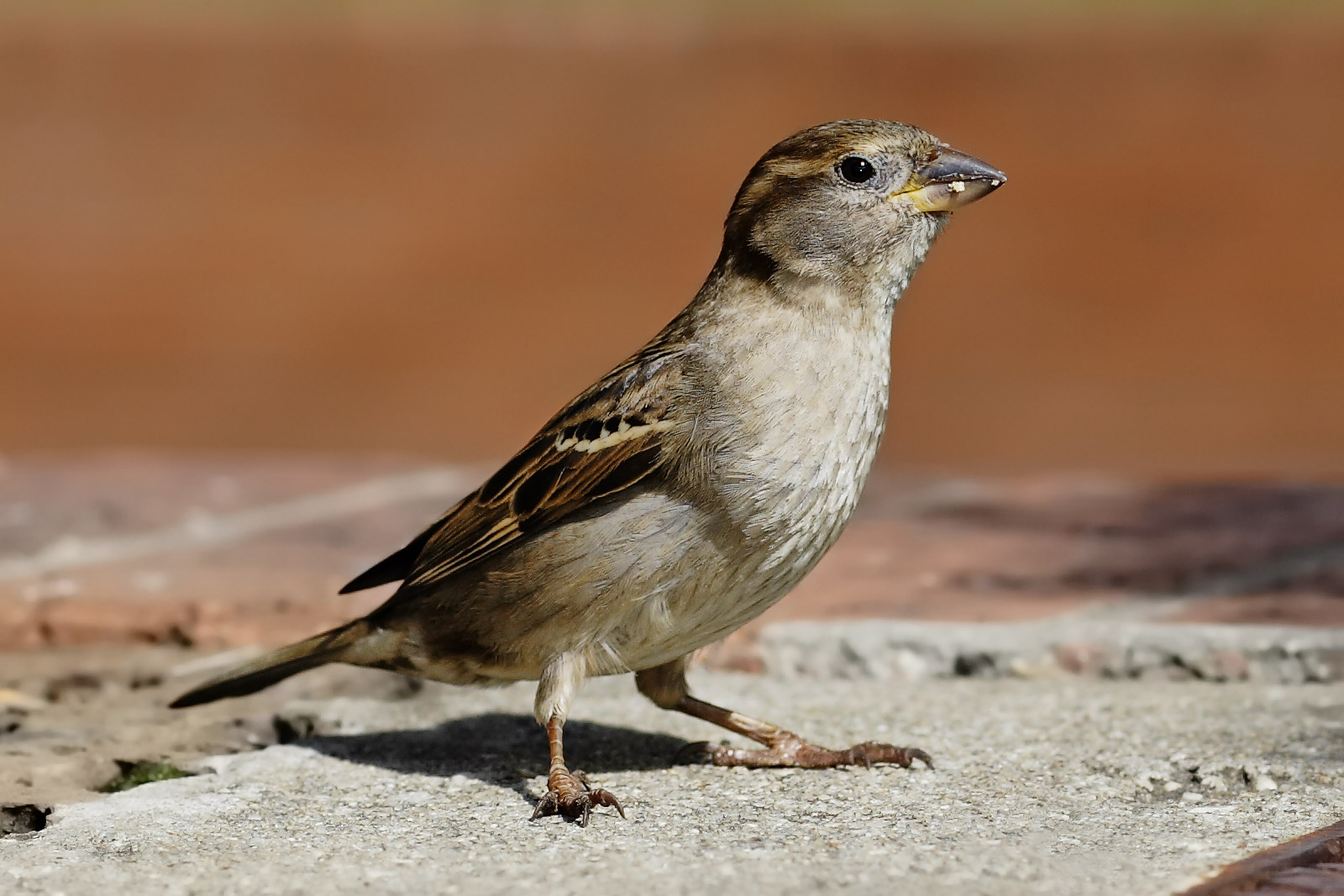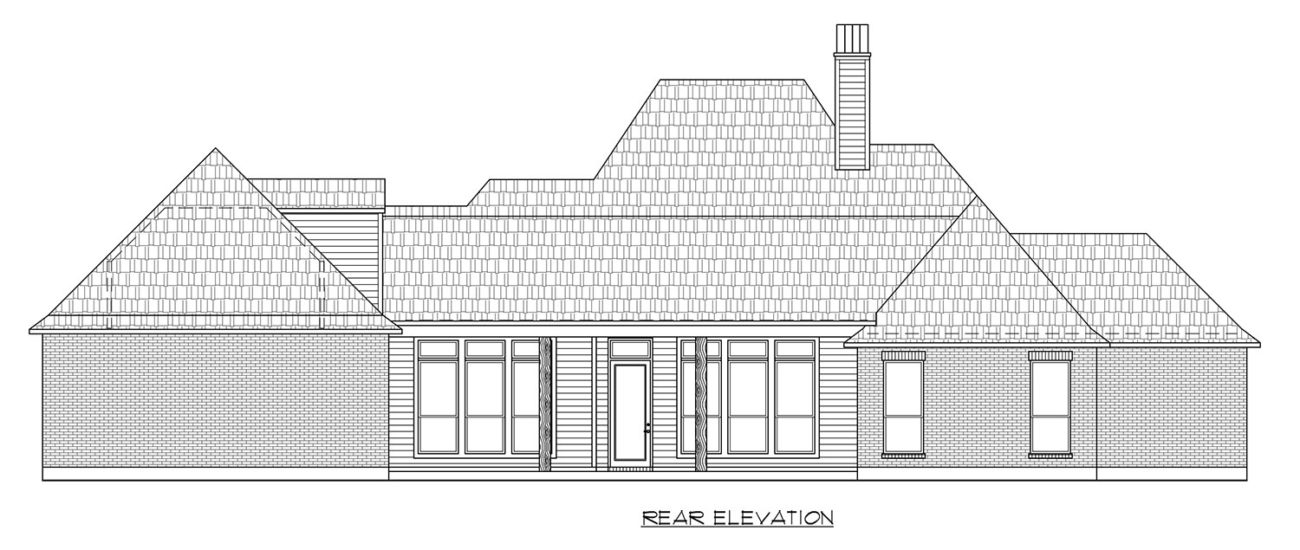Table Of Content
Baby house sparrows are fed a high-protein diet of insects and seeds. For the first 3 days after hatching 90% of their diet consists of insects. These include fly larvae, weevils, grasshoppers, and caterpillars.
What do house sparrows drink?
Where is the house sparrow? The bird vanished from our streets due to invasive species - The Jerusalem Post
Where is the house sparrow? The bird vanished from our streets due to invasive species.
Posted: Sun, 27 Aug 2023 07:00:00 GMT [source]
Backyard birders who erect birdhouses have undoubtedly noticed house sparrows bullying wrens and other native species. Wild house sparrows feed on seeds, plant matter, insects, and other small animals. Outside of their original distribution, house sparrows are human-commensal, or anthro-dependent, which means they generally rely on humans to survive.
House Sparrow: Nest and Eggs

Reviewer 1 noted, "I learned quite a bit and I am grateful to the authors for pointing me towards some useful references I should add to my reading list". The initiation of nest building depends on whether males are still unmated or the pair is already formed. Unmated males find a nesting site and build a nest or start one. The male advertises his presence and the nest site by calling persistently while perched next to the nest site. Prospective females inspect the nest site and stay or move on.
Feeding Behavior
Nests are comprised mostly of vegetation but some clay, sand, cloth and even dung may be used (Heij, 1986). In some cities, nests also contain aromatic plants or even cigarette butts that contain antiparasitic secondary compounds (Sengupta and Shrilata, 1997). Males initially choose nesting sites and subsequently advertise for mates by vocal and visual displays (Summers-Smith, 1963). However, unlike many songbirds, males exhibit aggressive, territorial behavior only in a very small area around the nest site.
RSPB NI: Sparrows flying into first in Big Garden Birdwatch 2024 - BBC.com
RSPB NI: Sparrows flying into first in Big Garden Birdwatch 2024.
Posted: Fri, 12 Apr 2024 07:00:00 GMT [source]
Female (with American Tree Sparrow)
Originally from Europe, Asia, and North Africa, house sparrows can now be seen almost everywhere people live and work. Recently, an annotated genome became available for house sparrows (Elgvin et al., 2017). The genome belongs to a female house sparrow from a pedigreed, inbred population from the island of Aldra in Norway, and was studied to better understand speciation in the Italian sparrow (P. italiae; Elgvin et al., 2017).
Formerly, large sparrow populations were supported by waste grain from the feed of horses, and the number of sparrows in urban areas declined as horses were replaced by automobiles. Nestling house sparrows are fed an insect-based diet for the first three days after hatching. Later, following fledging, they favor grains, especially outside urban areas (Anderson, 2006).
Learn more about the House Sparrow
As shown by the amount of black on their bibs, older males occupy the highest ranking and have prime access to food, females, and nesting places. Old females rank above young males that have little to no black on their bibs. House Sparrows roost communally in trees and shrubs outside of the breeding season. They will sleep on the eggs when nesting, and females spend the night brooding the chicks. They are closely related to house sparrows but are slightly smaller than them. Eurasian tree sparrows are common in noisy and small flocks, around lightly wooded open countryside.
Sparrows With Red Heads

House sparrows typically begin breeding during the first year of life, but breeding success is comparatively low in younger breeders (Hatch and Westneat, 2007). House sparrows are small, sexually dimorphic birds in the family Passeridae. The species is one of the most widely distributed and common birds in the world, represented by 12 different subspecies (Summers-Smith, 2009).
Their most prominent markings are a small pale wing bar and a pale stripe from the eye to the nape. Male and female House Sparrows have very different colors and markings, which makes identifying them easy to distinguish. Adult males have a black mask, throat, and bib, and whitish cheeks. The crown of the head is gray, and the back of the head is rufous brown. Their underparts are grayish, and their wings and backs have rich, warm brown and black markings. Nests in tree cavities and birdhouses, including Purple Martin houses.
House sparrows are typical seed eaters, but they are not afraid to include some variety in their diet. They will also eat insects, fruits, buds, and other plant parts. This adaptability is a big part of why these birds have been so successful across the globe. The general feeling was that this could be achieved by simply renaming some of the sections and adding a few guiding sentences throughout.
To get rid of them, put your feeders away until they move on. House sparrows won’t stick around where there isn’t an easy food source. House Sparrows are a native species in the United Kingdom, where they are still widespread and common despite significant population declines in recent history.
One form of epigenetic potential is the number of CpG sites (sequences in the genome where DNA methylation can occur) in gene promoters. For a time, some sources refer to a “sparrow fad,” with private individuals breeding birds, and others catching them and releasing them into new areas. Nest boxes were installed in cities to increase sparrow populations. Ornithologists and others raised concerns over the merits of house sparrows, but their arguments proved futile against sparrow enthusiasts releasing cages full of birds. Outside of urban areas, house sparrows feed largely on animal feeds composed of grains like sorghum, cracked corn, wheat, and oats.
In most urban and suburban areas it’s INCREDIBLY COMMON to see House Sparrows. They owe their success to their ability to adapt and live near humans. Unlike most other birds, they love grains and are commonly seen eating bread and popcorn at amusement parks, sporting events, etc. At your bird feeders, they especially love eating cracked corn, millet, and milo. The widely reported global insect decline may also be a significant factor. Many think of house sparrows as vegetarians, gobbling bird seed and grains.
As they get older, plant material becomes more and more important in their diet. House sparrows are diurnal birds that do almost all of their foraging during the daylight hours. Interestingly, some smart house sparrows have figured out that bugs are easy to catch around lights in the evening, but this isn’t typical behavior for the species. We agree that all model organisms have shortcomings, and indeed, we worry that the concept of model organism has taken on so many meanings recently that the term has started to lose its utility. To make this case and emphasize the relevant value of house sparrows as a particular type of model, we feel that we need to juxtapose it with more traditional model organisms.
Male and female House Sparrows look similar, but males are slightly darker in color, and have a black patch on their throat. The top half of this bird’s body is dark brown with black mottling, and its underside is lighter tan. Populations from their northern limits in Canada may retreat south for the winter, but these birds are seen all year round in North America and the United Kingdom. There are some migratory populations in Central Asia, however. House Sparrow nests are made of coarse dried vegetation, often stuffed into the hole until it’s nearly filled. The birds then use finer material, including feathers, string, and paper, for the lining.
Nearer to the equator, however, both light levels and temperature are fairly stable year-round (Hau et al., 1998), and house sparrows in this region seem to use changes in precipitation regimes to time breeding. Introduced from Europe starting in 1851, this sparrow has expanded widely. House sparrows primarily nest in cavities but are flexible and can nest in anything that resembles an enclosure, dense vines, and trees. They are aggressive and are known to displace native cavity-nesting birds. This article is intended to aid in identifying house sparrow nests and eggs. Unfortunately, as invasive species, these sparrows displace native songbirds for food and nesting locations.

No comments:
Post a Comment